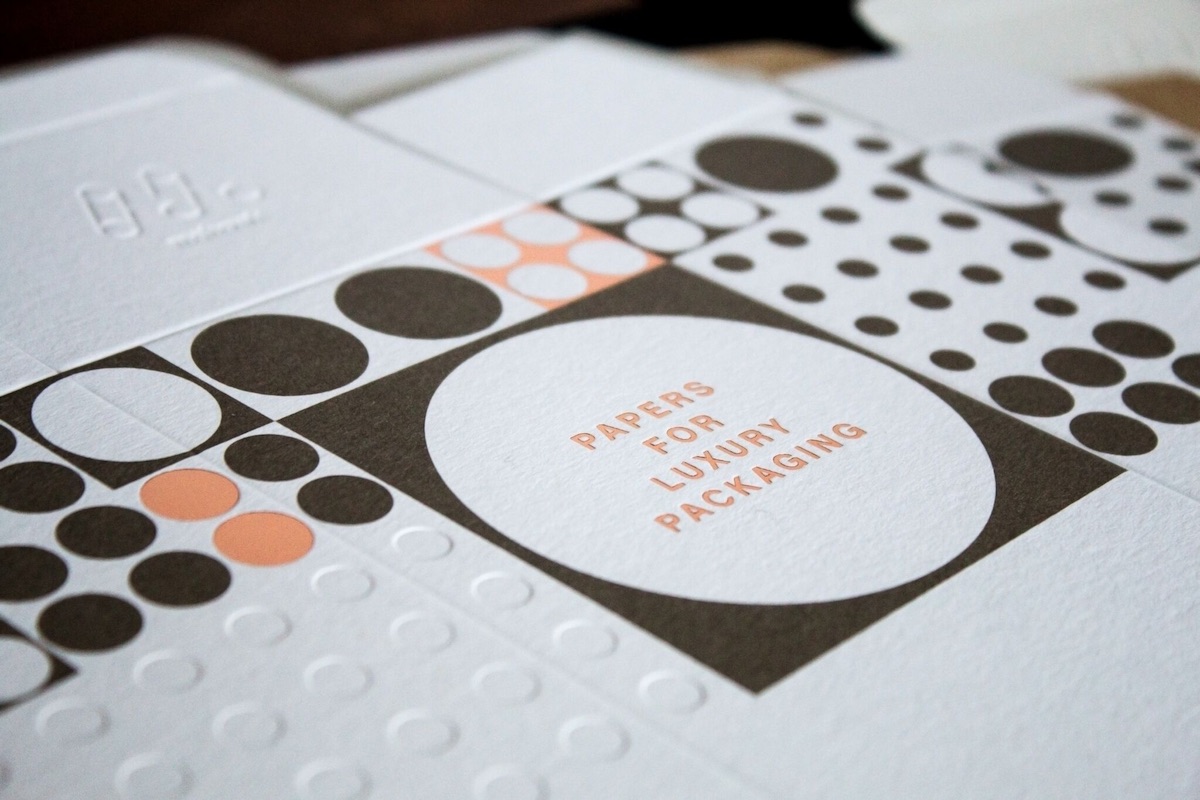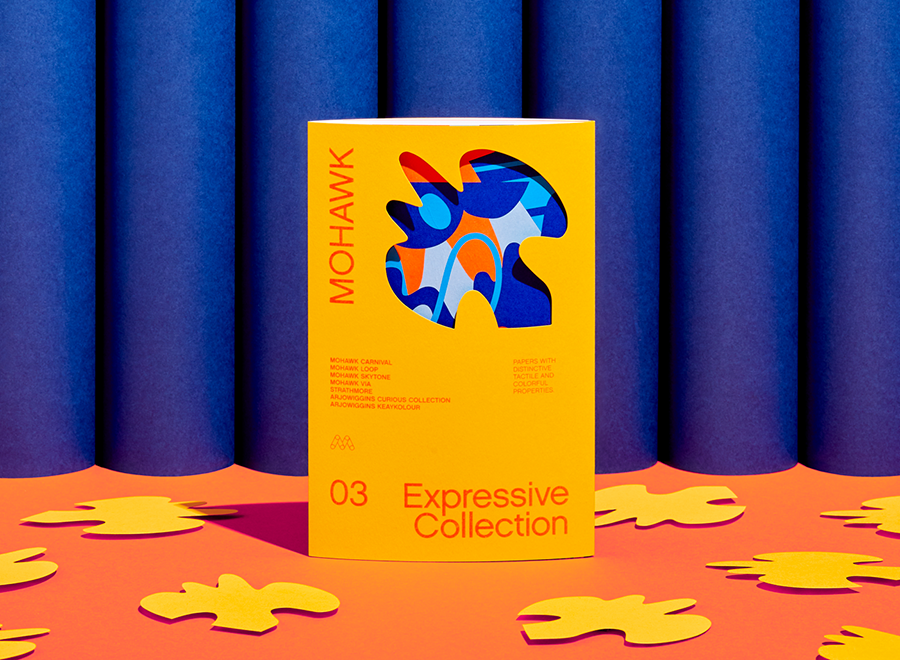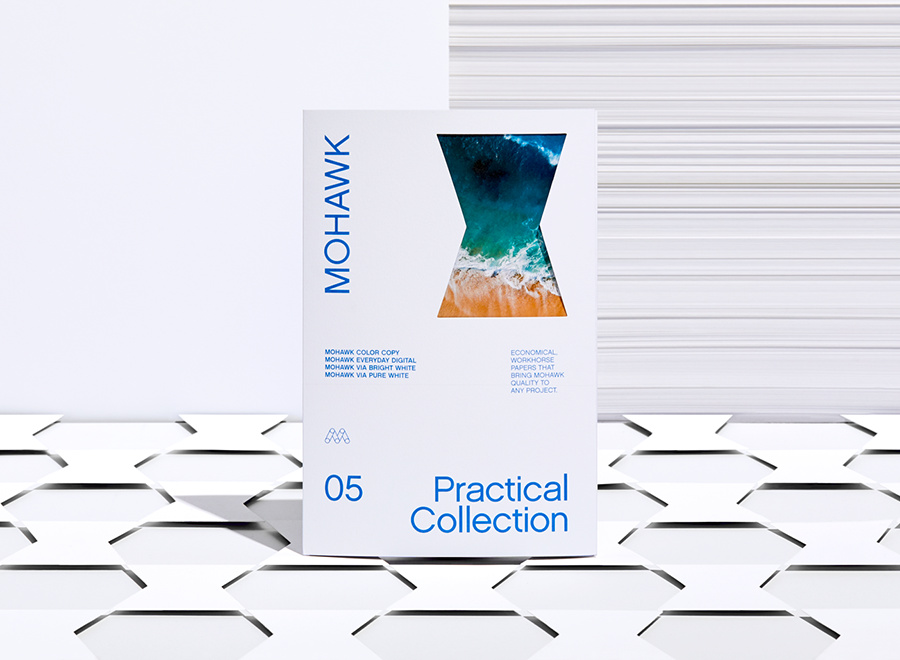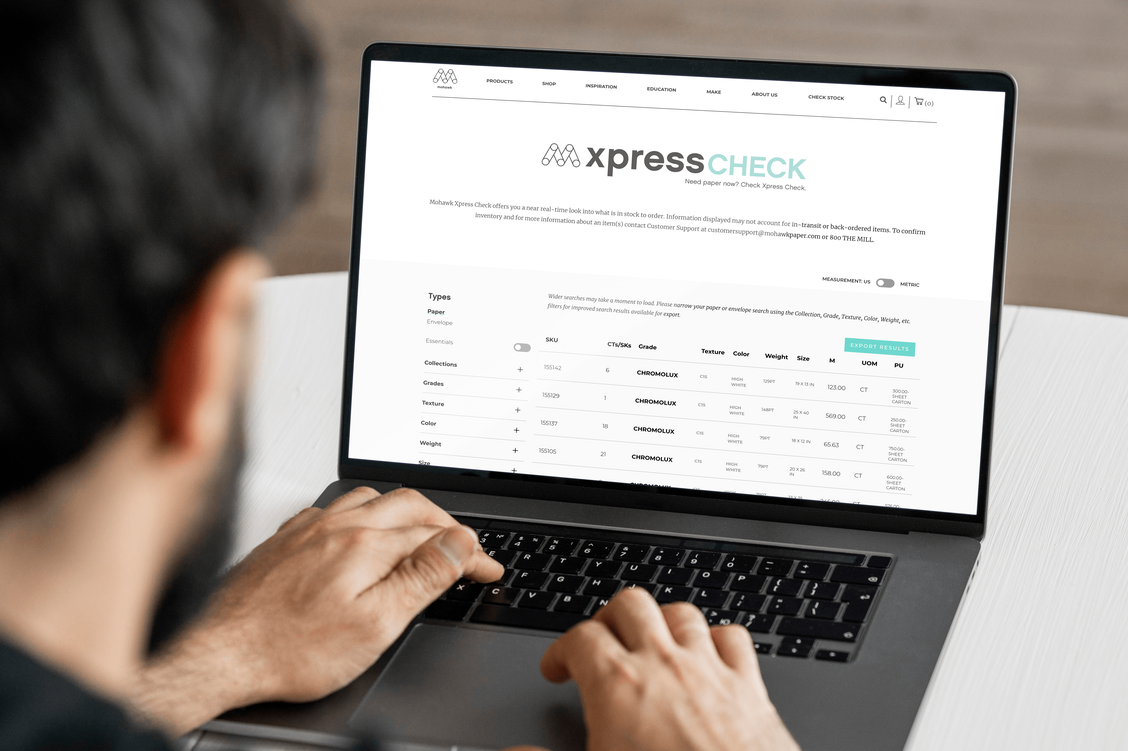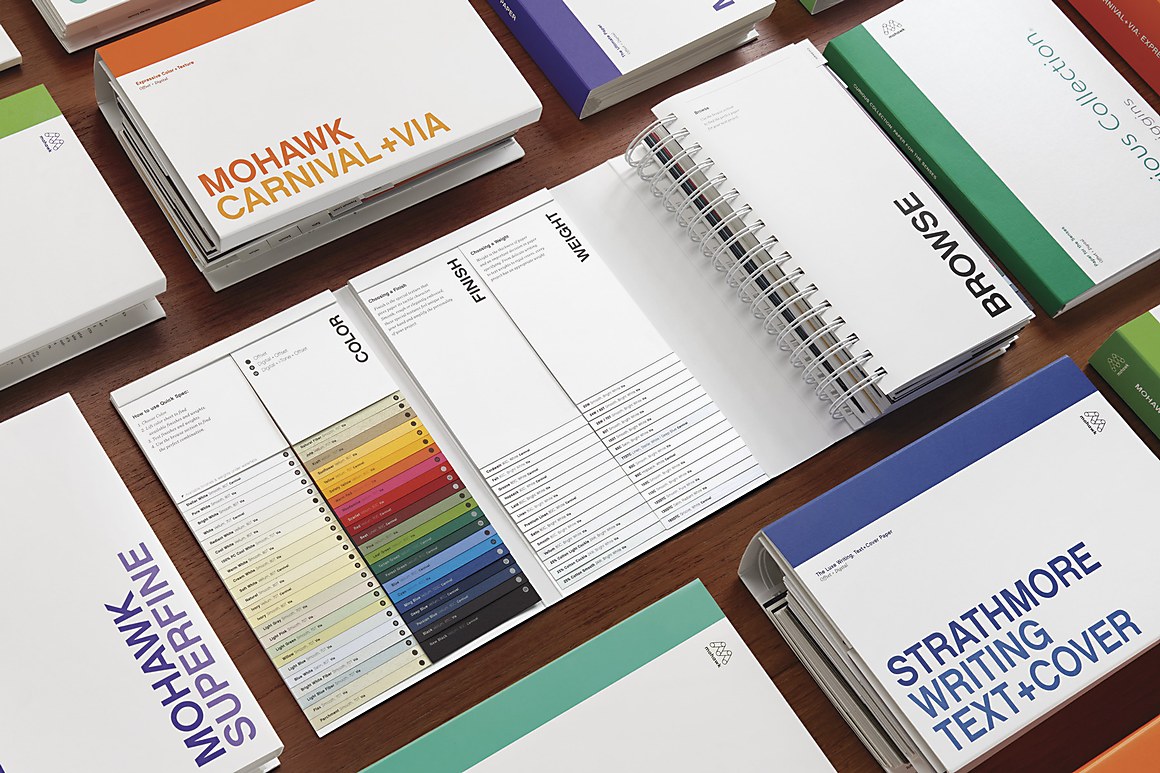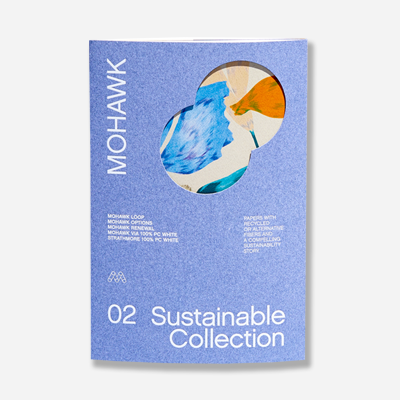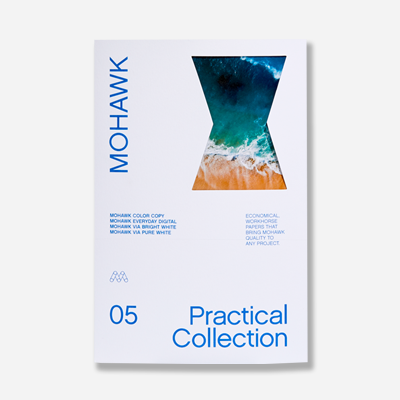10 Reasons Direct Mail is More Effective than Email

There are certain questions that are sure to spark a lively conversation. Dogs or cats? Waffles or pancakes? Coca-Cola or Pepsi?
1. Direct mail gets delivered.
The delivery rate of direct mail stands at an impressive 98%, while email delivery rates hover around 50%. This is largely due to abandoned email addresses, unreliable list data and spam filters that are becoming more rigid with each passing day. If the email does then make it to the reader’s mailbox, there is a slim chance that it will actually get read in totality.
2. Direct mail does not require an opt-in.
Simply getting an email delivered to your target audience is becoming more difficult and complicated, thanks to evolving anti-spam legislations. In Canada, brands are only allowed to send email to people that have agreed to receive communications.
With direct mail, you don’t need permission before sending and there’s no risk of getting fined.
3. Direct mail stands out.
The average office worker receives 121 business emails a day. Meanwhile, more than 100 personal emails land in the average consumer’s inbox each week. With new filters on most email services — promotional emails are often filtered out of the readers primary mail box.
Compare that to the roughly 16 pieces of physical mail that the average household receives each week, and it’s no wonder why email messages get buried while direct mail stands out.
4. Direct mail gets noticed.
With email, the only real way to grab attention is with an ultra-compelling subject line. That’s about 60 characters of real estate.
Meanwhile, the ways to get noticed with direct mail are limitless. Oversized mailers, personalization, specialty substrates, die-cuts, colored envelopes, embosses, spot varnishes, metallic inks…the list goes on.
5. Direct mail is read.
All any marketer can hope for is that his or her message be given a chance. That’s why it’s a big deal when you’re only competing against a few other messages in the mailbox each day rather than the aforementioned 100+ emails.
The icing on the cake? With direct mail, your message will almost certainly be read. That’s because 98% of American’s check their physical mailboxes every day (USPS), 77% sort through their mail as soon as they receive it (Epsilon), and 79% of mail is read for at least a minute. Compare that with the rather pedestrian email open rates most companies see – around 20% – according to MailChimp’s 2017 benchmark research.
6. Direct mail tells a story.
Need to convey your brand, pitch a product, generate awareness or create an emotional connection? With email, you’re limited to pixels on a screen. Print affords you an almost endless amount of space to tell your story. From double-sided postcards to cleverly designed mailers and multi-page brochures – you’re limited only by your imagination. Creative design elements alone account for up to 25% of enhanced response to direct mail.
7. Direct mail sticks around longer.
If you’re like most, your sorted mail probably sits on the kitchen island or coffee table for. In fact, people tend to keep direct mail for an average of 17 days, whereas the lifespan of an email is just 2 seconds. The longer the lifespan, the longer your advertising time – strengthening the chance your recipient will engage.
8. Direct mail has higher response rates.
When it comes to actually generating action, direct mail substantially outperforms email. According to the Data & Digital Marketing Association Response Rate Report; direct mail outperforms all digital channels — combined — by nearly 600%.
The Data & Marketing Association (DMA) found email to achieve a 3.7% response rate with house lists and a 1.0% response rate with prospect lists. Compare that to the 0.1% response rate email achieves for both house and prospect lists.
9. Direct mail is viewed as more trustworthy.
The DMA also found that 56% of consumers believe printed marketing to be the “most trustworthy” of media channels. This isn’t surprising, as email marketing has the perception of being ‘informal’ and ‘spammy’. Besides, you can’t get a virus or malware from opening printed direct mail.
10. Consumers prefer direct mail.
Consumers are finding physical mail to be a welcome retreat from the avalanche of emails they are constantly buried beneath. Supporting this belief is an Epsilon survey, which found nearly 3 in 5 American consumers said they enjoy receiving postal mail from brands about new products, compared to just 43% who said the same about email.
Need more inspiration to reconsider the power of direct mail? Our Maker’s Field Guide to Envelopes is the perfect tool to help strengthen your knowledge of how to use envelopes and create an engaging experience.
For more information, click here.
Suggested Articles
As digital printing evolves from compromise to sophisticated tool—advances in color, texture, and fiber papers push the boundaries of what's possible.
In today's competitive marketplace, packaging plays a crucial role in brand perception and consumer satisfaction.
Mohawk Renewal marks a bold new chapter in our ongoing commitment to sustainability and innovation in papermaking.
